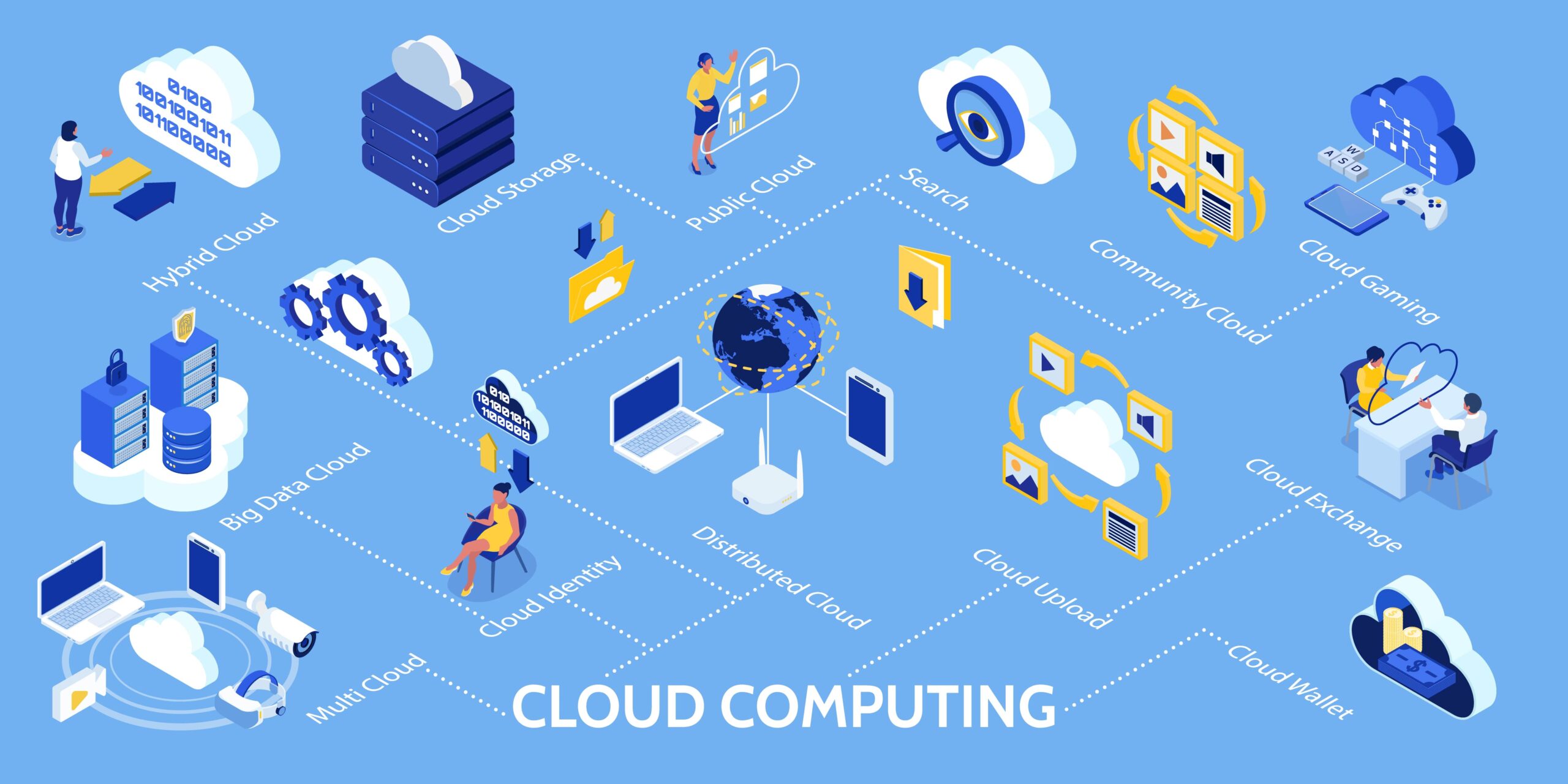In the realm of modern energy management, the convergence of cloud computing and smart grid technology represents a pivotal advancement that promises to reshape the way we produce, distribute, and consume electricity. This article delves deep into the transformative potential of cloud computing within smart grids, exploring its impact across various domains from efficiency and reliability to sustainability and innovation.
Understanding Smart Grids
Before delving into the influence of cloud computing, it’s crucial to grasp the fundamentals of smart grids. A smart grid refers to an electricity network that uses digital technology to monitor and manage the flow of energy efficiently. Unlike traditional grids, smart grids integrate advanced sensors, meters, and communication networks to gather data in real-time. This enables utilities to respond promptly to changes in supply and demand, optimize energy usage, and enhance overall system reliability.
The Role of Cloud Computing
Cloud computing serves as the backbone of smart grid evolution by providing scalable and flexible infrastructure for data storage, processing, and analysis. Unlike localized computing resources, cloud platforms offer extensive computational power and storage capabilities that are essential for managing the vast amounts of data generated by smart grid devices and sensors.
1. Data Management and Analytics
One of the primary advantages of cloud computing in smart grids is its ability to handle big data. Smart grids generate immense volumes of data from various sources such as smart meters, IoT devices, and weather sensors. Cloud-based platforms can aggregate, process, and analyze this data in real-time, providing utilities with actionable insights into energy consumption patterns, grid performance, and predictive maintenance opportunities.
2. Grid Optimization and Efficiency
Cloud computing enables utilities to optimize grid operations by leveraging advanced analytics and machine learning algorithms. By analyzing historical data and real-time information, cloud-based systems can predict demand fluctuations, identify potential faults or outages, and dynamically adjust energy distribution to minimize wastage and improve overall efficiency.
3. Enhanced Reliability and Resilience
The reliability of traditional power grids can be enhanced significantly through cloud computing. By continuously monitoring grid performance and analyzing data for anomalies, utilities can proactively detect and address issues before they escalate into widespread outages. Additionally, cloud-based disaster recovery solutions ensure quick restoration of services in the event of natural disasters or cyber-attacks.
4. Integration of Renewable Energy Sources
Cloud computing plays a pivotal role in integrating renewable energy sources into the grid. As solar panels, wind turbines, and other renewable technologies become more prevalent, cloud-based systems can optimize their integration by forecasting weather conditions, managing fluctuations in generation, and balancing supply and demand in real-time.
Challenges and Considerations
While the benefits of cloud computing in smart grids are substantial, several challenges and considerations must be addressed:
- Security and Privacy Concerns: Protecting sensitive grid data from cyber threats and ensuring customer privacy remains a critical concern.
- Regulatory Compliance: Adhering to regulatory requirements and standards is essential for the deployment and operation of cloud-based smart grid systems.
- Interoperability: Ensuring seamless integration and interoperability between various grid components and cloud platforms is crucial for maximizing efficiency and performance.
Case Studies and Success Stories
1. Pacific Gas and Electric (PG&E)
PG&E implemented a cloud-based smart grid solution to improve grid reliability and customer service. By leveraging real-time data analytics, PG&E reduced outage durations and enhanced overall grid performance.
2. Enel Group
Enel Group utilized cloud computing to integrate renewable energy sources and optimize energy distribution across its global operations. The adoption of cloud-based predictive analytics enabled Enel to achieve significant cost savings and improve sustainability metrics.
Future Outlook and Innovations
Looking ahead, the synergy between cloud computing and smart grids is expected to foster continuous innovation and transformative changes in the energy sector. Emerging technologies such as edge computing, artificial intelligence (AI), and blockchain are poised to further enhance the capabilities of smart grid systems, making energy management more decentralized, efficient, and sustainable.
Conclusion
In conclusion, cloud computing is not merely transforming smart grids—it is redefining the future of energy management. By enabling real-time data analytics, optimizing grid operations, enhancing reliability, and integrating renewable energy sources, cloud-based solutions are driving a paradigm shift towards a more resilient, efficient, and sustainable energy infrastructure. As global demand for energy continues to rise, the evolution of cloud computing within smart grids represents a critical step towards achieving a cleaner and more sustainable energy future.
By embracing these technologies and addressing associated challenges, stakeholders in the energy sector can unlock new opportunities for innovation and contribute to a more sustainable planet for future generations. As we navigate the complexities of our energy landscape, the integration of cloud computing with smart grids stands as a beacon of progress towards a brighter and more efficient future.



